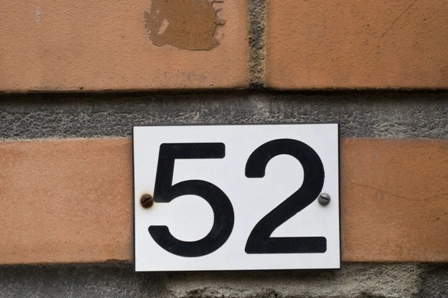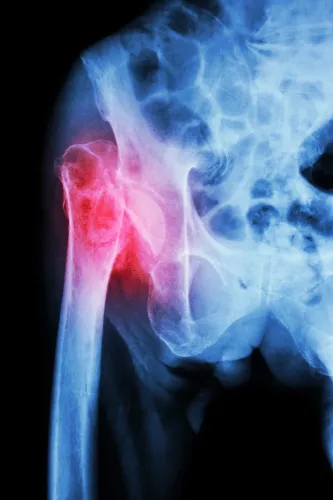Orthopedic Coding Alert
Hips:
Deploy These Techniques to Avoid Traumatic Hip Dislocation's Hidden Traps
Published on Wed Jun 17, 2015

You’ve reached your limit of free articles. Already a subscriber? Log in.
Not a subscriber? Subscribe today to continue reading this article. Plus, you’ll get:
- Simple explanations of current healthcare regulations and payer programs
- Real-world reporting scenarios solved by our expert coders
- Industry news, such as MAC and RAC activities, the OIG Work Plan, and CERT reports
- Instant access to every article ever published in Revenue Cycle Insider
- 6 annual AAPC-approved CEUs
- The latest updates for CPT®, ICD-10-CM, HCPCS Level II, NCCI edits, modifiers, compliance, technology, practice management, and more
Related Articles
Other Articles in this issue of
Orthopedic Coding Alert
- Hips:
Deploy These Techniques to Avoid Traumatic Hip Dislocation's Hidden Traps
At $596 extra a pop, understanding ‘requiring anesthesia’ is worth the Are you scratching your [...] - ICD-10 Coding Quiz:
Navigate Your Neck Pain Diagnosis Options With This Quiz
Watch out: Not all conditions have a one-to-one match. Try answering these top questions that [...] - Extra:
2 More Tips Will Hone Your Hip Dislocation Skills
Search beyond trauma codes for spontaneous and post-THR reductions. CPT® and ICD-9 both offer specific [...] - ICD-10 Coding Quiz Answers:
Assess How Much Neck Pain ICD-10 Coding You Understand
ICD-10 offers more definitive codes for cervical spondylosis, stenosis, subluxation, and somatic dysfunction. Here are [...] - Reader Questions:
New Injury Means Separate Encounter
Question: Our physician saw and treated a patient for a scaphoid fracture. The patient, however, [...] - You Be the Coder:
New, Recurrent HNP Mean Multiple Codes
Question: Our physician performed surgery due to recurrent HNP at L5-S1 and a new HNP [...]
View All



